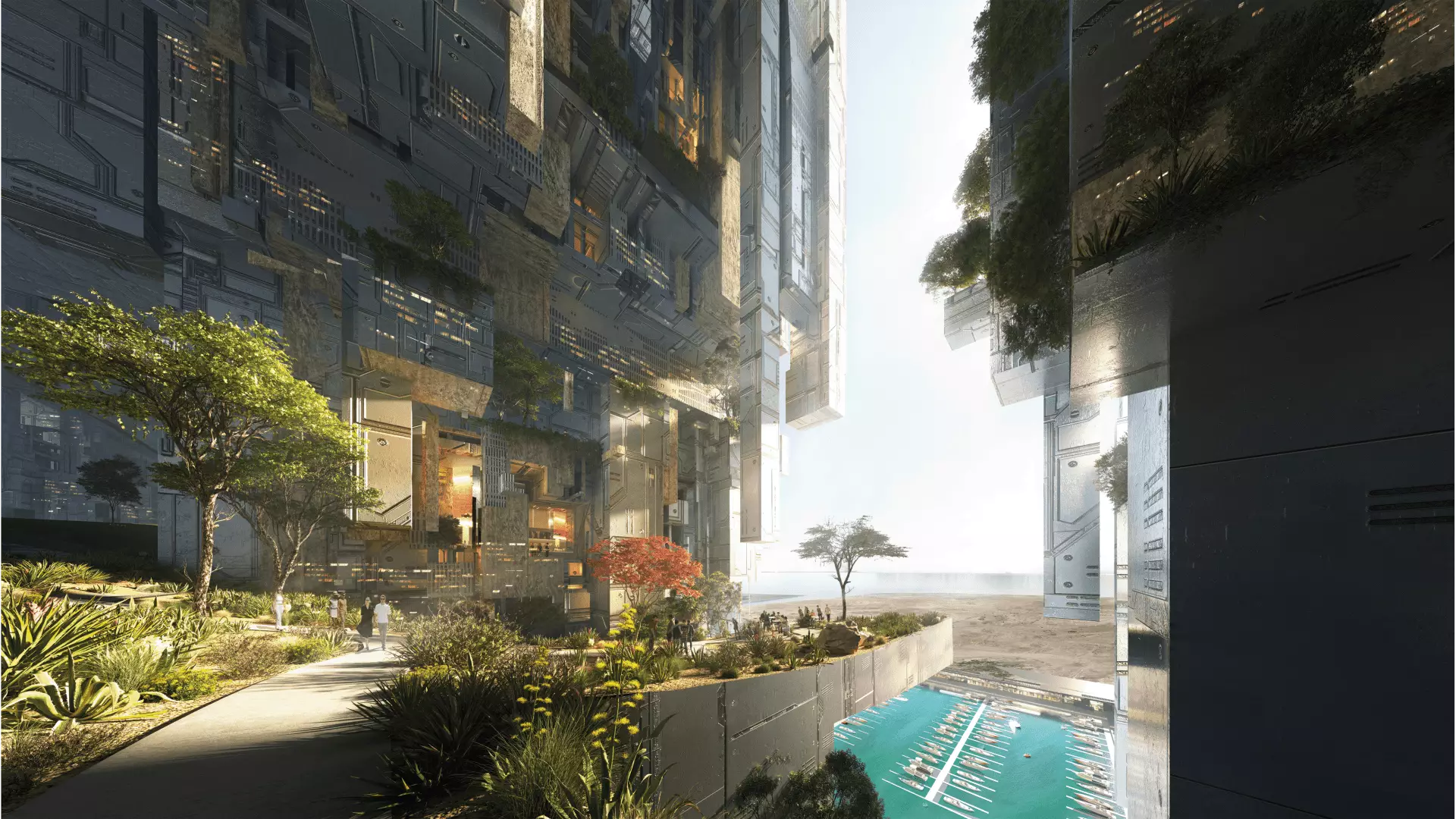Saudi Arabia’s ambitious Vision 2030 initiative has long promised a transformative future—one less reliant on oil and more driven by innovation, tourism, and diversified industries. At its heart lie the so-called “gigaprojects,” notably Neom—a sprawling, futuristic city that embodies the kingdom’s dreams of technological supremacy and economic resilience. Yet, beneath this glossy façade, the reality paints a bleak picture. The recent financial disclosures reveal a troubling decline in investments—$8 billion wiped from these massive ventures, signaling a faltering confidence in the very plans meant to define the country’s future. This isn’t just a temporary setback; it is indicative of deeper systemic issues threatening the core of Saudi Arabia’s economic strategy.
The Fragile Foundation of Mega-Projects
Mega-projects like Neom have always been high-stakes gambits, relying heavily on projected revenues from a volatile oil market and exorbitant initial investments. However, recent developments highlight their unsustainability. Project costs balloon, operational hurdles multiply, and forecasts become increasingly uncertain. The realization that Neom’s potential costs could reach up to $1.5 trillion casts doubt on whether these ventures will ever deliver tangible benefits. As the kingdom’s fiscal health deteriorates—triggered by declining oil prices and shrinking dividends from Aramco—the confidence in these projects wanes. The government’s willingness to continue extravagant spending is waning, revealing cracks in its long-held narrative of unstoppable growth and innovation.
The Myth of Saudi’s Diversification
Despite claims of diversification, Saudi Arabia remains heavily tethered to oil. The recent decline in the Public Investment Fund’s (PIF) gigaproject investments by 12.4%, contrasted with a nearly 20% rise in total assets, underscores the shifting priorities. While the fund’s total assets nearing $1 trillion suggest formidable growth, the shrinking share invested in futuristic ventures signals a sobering truth: the kingdom’s efforts to pivot away from oil are more surface-level bravado than genuine transformation. With oil prices expected to dip further and reduced dividends from Aramco, the kingdom’s revenue base is fragile. The perceived progress in diversifying the economy appears more illusionary than substantive, masking systemic vulnerabilities that could threaten its future stability.
Strategic Missteps and Global Market Realities
The PIF’s investments in high-profile companies like Tesla, Uber, and sporting franchises serve as tokens of a cosmopolitan image—yet they do little to offset the cracks beneath Saudi Arabia’s economic veneer. The increasing reliance on domestic investments, and the shrinking international portfolio, can be viewed as a defensive retreat amidst global uncertainties. Moreover, the fund’s recent debt raises fundamental questions about fiscal discipline. Is Saudi Arabia merely shifting costs onto future generations, or is it desperately trying to prop up a faltering strategy? Forecasts of declining crude prices threaten to diminish Aramco’s dividends, further constraining the fund’s ability to finance the lofty promises of Neom and other projects. The entire economic model seems to hinge on a fragile assumption: that oil prices will rebound, and that future technological and economic shifts will favor Saudi ambitions. Yet, these assumptions are increasingly tenuous.
The Illusion of Progress and the Reality of Decline
Neom exemplifies Saudi Arabia’s grand aspirations and impractical ambitions. While Crown Prince Mohammed bin Salman touts Neom as the city of the future, real-world delays, budget overruns, and operational snags tell a different story. Scenes of optimistic projections clash with tales of budget overruns and project scale-backs. The narrative of transformation, sold to the world for years, now feels like an elaborate façade designed to mask a failing economic model. It is a testament to how superficial progress can obscure deeper structural issues—such as fiscal imbalance, market dependency, and misguided megastructures that may never fulfill their promises. The kingdom’s confidence is eroding, and with it, the sustainability of its boldest visions. As the oil market remains volatile and geopolitical tensions simmer, Saudi Arabia’s expensive, high-stakes gamble on mega-urban utopias risks becoming a costly lesson in hubris and misplaced priorities.

